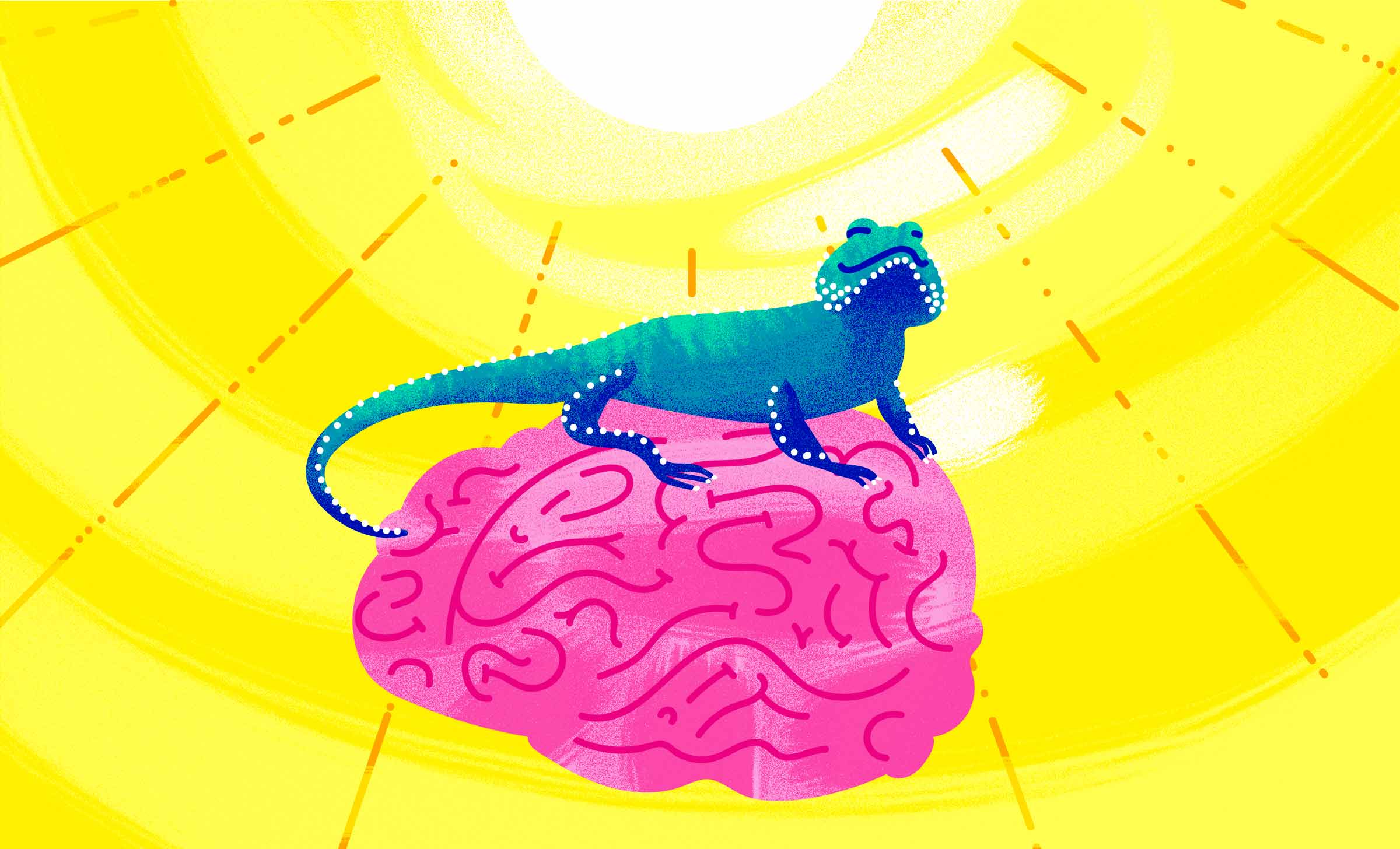10 Immutable Truths About People That Will Make or Break Your Digital Product
6 min read
Before you start on that next digital product, do something few people do: Pause and consider human capabilities and behavior. I’ve gathered ten ways humans think and act that are monumentally, unequivocally (sometimes sadly) true. These go double for people online, those ones who use your sites, apps, and software.
Internalize these truths and your online products and services will wildly succeed. Ignore these truths, are you’re headed for digital disaster. You may already be there.
The 10 Truths
10. People don't remember much at all.
Many of us may have a poor attention span, but everyone has problems keeping several different things in mind at once. This limited capacity is built into our biology. Some lucky people can juggle seven different things in their short-term memory at any given time. Most can only handle five.
This list includes ten items. Chances are you won’t be able to remember more than a few right after reading. This is science. It’s called Miller’s Law.
How many items are you asking your users to remember at one time to successfully use your site or app?
9. Human vision is awful.
We see detail in only a small area – just 10 - 30% of what's directly in front of us. Our peripheral vision recognizes movement well, but is totally useless for noticing details. That means everything around our small area of focus is a complete blur. We only think we see everything around us. In truth, our brains guess to fill in the gaps.
This is why no one sees the “clearly obvious” right-column call to action on your site. It’s why you probably can’t tell for certain if the person you see out of the corner of your eye on the subway is in fact a person or a giant lizard. Again, science.
8. No one cares about your stuff.
With precious few exceptions, no one gives a fig about you online. People use digital products to do things, not to fawn over you or your company. No one cares what you write, design, do at your innovative, forward-thinking organization.
When was the last time you asked yourself precisely how ESPN.com delivers up-to-the-second scores and statistics? Do you read every mission statement you see? Have you printed and framed that note from the CEO? Bookmarked any novel-length executive team bios?
People care about this sort of thing about as much as they care what toothpaste you use. Maybe less.
7. Normal folks hate your internal mumbo jumbo.
You work inside a bubble. Everyone inside that bubble already uses the same internal language, a special lingo. It’s different outside. No one beyond the bubble understands you one bit.
People in the bubble think the meaning of eDraft is patently obvious. Insiders can talk all day about MSA health solutions and ACH Payments. Family Choice-Plus Plan? Crystal clear. And bubble dwellers wrote the book on the arcane particulars of the student loan process, which they think are child’s play.
But to real people, none of that means anything. And when you speak Greek to people, they’re not just bewildered, they feel stupid. Trust me, they hate feeling stupid.
6. People rely on standards. Desperately.
We lean on universally accepted ways of doing things, especially online. In America, we know green means go and red means stop. On the web, we know links are a different color from standard text. Clicking links takes you to a new place. We scroll up and down (not side to side) and when we get lost, we can click the “Back” button.
Without these conventions, we are lost. So, if you make a red button labeled “Go,” expect confusion. If you break the browser’s back button, expect anger. If you put important actions at the bottom of a screen, best of luck.
5. One glance is usually all you get.
People are not in the habit of lovingly and thoroughly studying your amazing content. They are not on a mission to explore your promos, fancy slogans, introductions, or compliance statements. If they don't see the thing they're looking for immediately, they simply assume it's not there and move on.
People even miss prominent navigation options at the top of the screen if the words they’re looking for are not first (or last) in the list. And heaven help you if the word they’re looking for is not the word you’re using. You have seconds. Use them wisely.
4. People are exceedingly bad at predicting their own behavior.
If you ask people about their typical after-work habits they might tell you they cook balanced meals, work out, read extensively, and never watch TV. In reality, most people eat take-out, sit on the couch, haven’t picked up a book in ages, and binge watch Peaky Blinders (that last one is me). People fudge their life story. This is why everyone appears to lead a charmed existence on social media.
We are similarly bad at predicting our future behavior, especially online. We may think an app will be easy to use. We may say we need a shiny new software feature. But when it comes to actual use, the app interface perplexes us and we never, ever use that feature we demanded.
We simply can’t be taken at our word. Only our actual actions reveal whether we can use a digital product without fuss. Observed behavior is the only trustworthy evidence.
3. Your product is merely a means to an end.
People don't actually want to be on your site or app. I know this sounds harsh, but they have other things to do, many of them important.
A nice cozy evening at home paying bills online, reviewing insurance coverage, updating passwords, checking cellular data usage, or registering for classes is just not high on everyone’s list. Even online shopping can be a chore.
When people use your digital product, they simply want to get something done. It’s often unpleasant or tedious, but it needs to be done. They want to do it quickly and easily so they can go back to the real world (or at least back to Fortnight).
2. We are distracted and in a hurry.
Life is messy. Children whine, dinner burns, and the doorbell rings while your son informs you his report card may not be as impressive as you’d like. Also, what’s that sound coming from washing machine?
When you finally get to sit down, all you want from the universe is to find the correct button that transitions your TV from the fire stick dingus to U-verse so you can record the Hallmark Channel while you watch the big game which starts in 60 seconds.
Though the situations change, distraction and impatience rule our lives. There are a ton of other things going on around us while we try to use digital products, which are famously complex and require far too much focused thought. Peace and quiet would be nice, but we’d just settle for simplicity online.
1. Humans are governed by emotion.
Interface rage is a shared human experience. Many of us are at our emotional worst when frustrated by sites, apps, of software. Some of us are prone to expletive-laced outbursts. It’s not that we’re an inherently angry species. It’s just that most online tools are barely usable and routinely ignore every truth on this list.
If we can't easily use online products or services, we get restless and impatient. If the problem continues, we become filled with blood-vessel-popping fury. And this outrage is not directed solely to the faulty digital product. It is aimed squarely at the organization behind the product. Hell hath no fury like a customer scorned, especially if they are active on social media.
Time to Face Reality
Consider the digital product you’re planning or working on right now. Are you taking these truths into account? Be honest, because even though they are unfailingly accurate, most makers of sites, apps, and software ignore them every time. It’s a major reason why so many online products and services are patently awful.
You can be different. What would your digital products look like if you took all of the items on this list as gospel and treated them as such? Commit to changing your approach based on these truths and you will radically change what you make for the better. Your real-life, flawed, human being customers will thank you for it.





